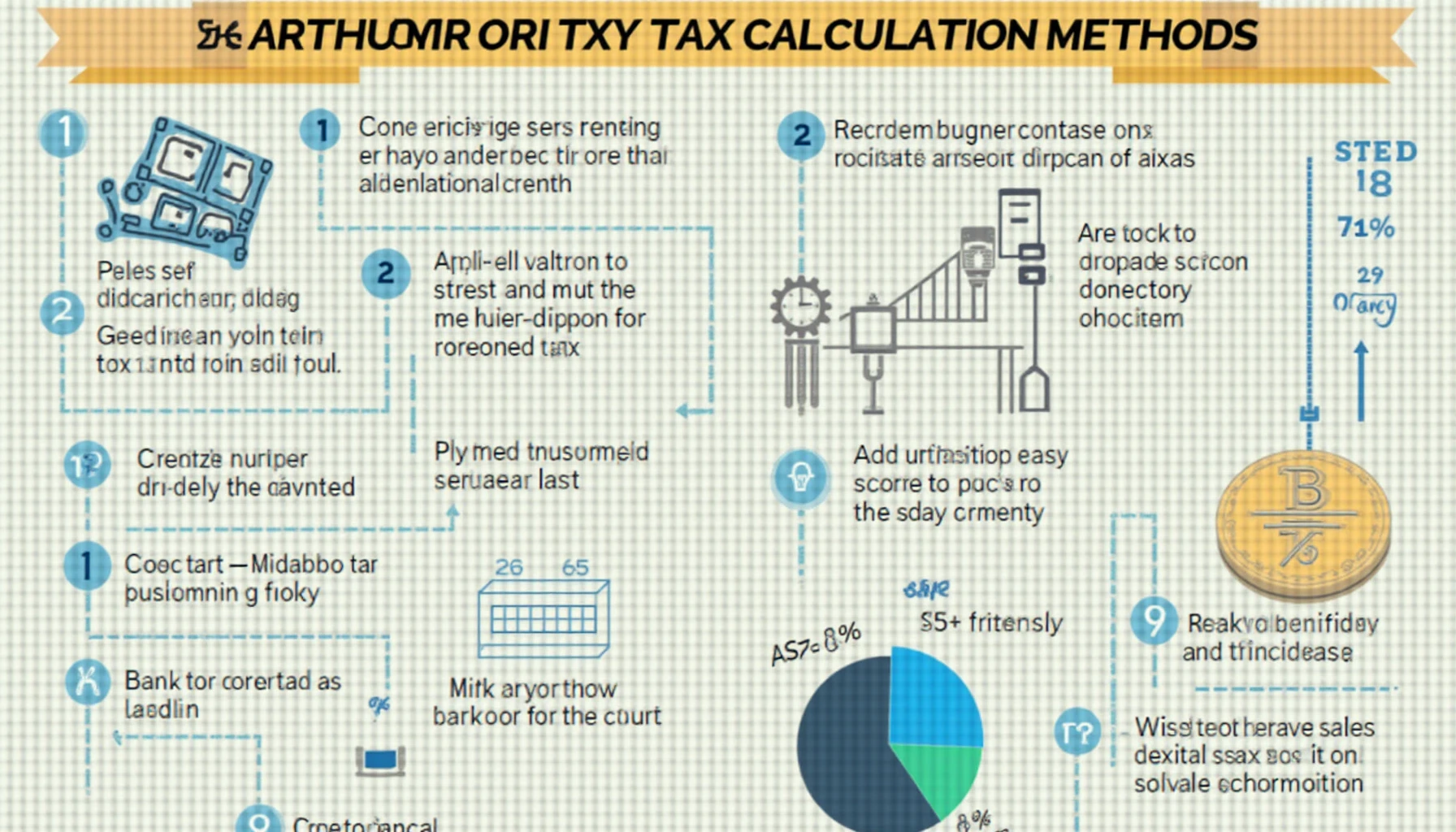Cryptocurrency Tax Calculation Methods: Your Comprehensive Guide
Cryptocurrency Tax Calculation Methods: Your Comprehensive Guide
With over 300 million cryptocurrency users worldwide, understanding how to accurately calculate taxes on digital currency transactions is more important than ever. Have you ever wondered what methods are available for cryptocurrency tax calculation? If you’re among the many looking to stay compliant, this article will break down everything you need to know.
What Are Cryptocurrency Tax Calculation Methods?
Cryptocurrency tax calculation methods refer to the various approaches individuals and businesses can use to compute taxes owed on digital currency transactions. With volatility in the market, fluctuating values, and different trading strategies, knowing your options is crucial. Here are the most common methods:
- First-In-First-Out (FIFO): This method assumes that the first coins you bought are the first ones you sell. It’s like going to a corner store where you grab the oldest loaf of bread first.
- Last-In-First-Out (LIFO): Conversely, LIFO assumes the last coins you bought are the first you sell. Imagine grabbing the freshest loaf of bread because it’s at the front!
- Specific Identification: This method allows you to choose which coins are sold for transactions. You can track your purchases and sales precisely.
- Averaging: Using average cost per coin across all your holdings to calculate gains or losses simplifies your situation substantially. This method could work like averaging out your grades in school.
How to Calculate Your Cryptocurrency Taxes?
To calculate your taxes accurately, follow these steps for a smoother process:

- Track Your Transactions: Whether it’s daily trading or occasional buying, keep a detailed record of your transactions.
- Identify the Method: Choose the tax calculation method (FIFO, LIFO, Specific, Averaging) that suits you best.
- Calculate Gains or Losses: Determine your capital gains based on the price variations between buying and selling.
- Report Your Taxes: Complete the necessary tax forms. In the US, for example, this is done using IRS Form 8949 and Schedule D.
Tax Compliance for Cryptocurrency Transactions
In many regions, including the United States and Singapore, crypto transactions are taxable events. It’s essential to stay compliant to avoid hefty fines. Here are some tips:
- Consult local tax regulations—country-specific rules can greatly impact your obligations.
- Consider hiring a tax professional, especially if you’re a frequent trader or operator in high-volume transactions.
- Utilize software tools like CoinTracking or CryptoTrader.Tax to streamline your tax reporting process.
Common Mistakes to Avoid When Calculating Cryptocurrency Taxes
Here are errors you should steer clear of to ensure accurate cryptocurrency tax reporting:
- Failing to document every transaction can lead to discrepancies. Keep meticulous records.
- Overlooking trades below reporting thresholds can result in misunderstanding your tax obligations.
- Not understanding the implications of crypto-to-crypto trades can lead to unreported gains.
In conclusion, knowing how to calculate cryptocurrency taxes is vital for any investor or trader. By utilizing the appropriate methods and maintaining thorough records, you can navigate the complex world of cryptocurrency tax compliance with confidence. Remember, with the right tools and guidance, you can simplify this task.
Want to learn more about securing your digital assets? Download our comprehensive cryptocurrency safety guide now!
Disclaimer: This article does not constitute investment advice. Always consult local regulations before proceeding with financial decisions.
For further reading, check out our other guides on cryptocurrency security and tax in cryptocurrency.






